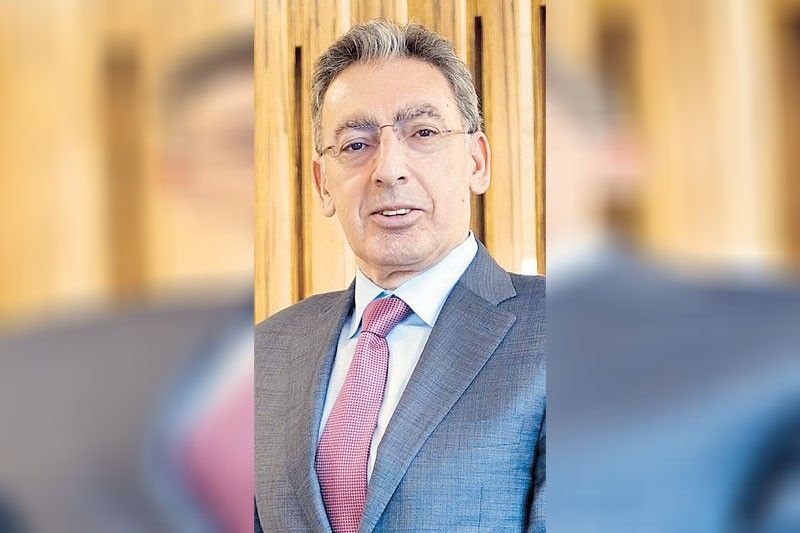
Upgrade to High-Speed Internet for only ₱1499/month!
Enjoy up to 100 Mbps fiber broadband, perfect for browsing, streaming, and gaming.
Visit Suniway.ph to learn
Louella Desiderio - The Philippine Star
May 26, 2025 | 12:00am
In a statement, the multilateral lender said the World Bank Group’s executive directors have endorsed the CPF for the Philippines for 2026 to 2031.
STAR / File
MANILA, Philippines — The World Bank will focus its support for the Philippines on basic services such as health and education, and on boosting the country’s resilience under the newly approved Country Partnership Framework (CPF) for the next six years.
In a statement, the multilateral lender said the World Bank Group’s executive directors have endorsed the CPF for the Philippines for 2026 to 2031.
The CPF is the joint strategy of the International Bank for Reconstruction and Development – the World Bank Group’s arm supporting public institutions in middle-income countries; the International Finance Corp. (IFC), which supports the private sector in developing countries, and the Multilateral Investment Guarantee Agency (MIGA) involved in providing political risk insurance to private sector investors and lenders.
Aligned with the Philippines’ development goals, the CPF will be focusing investments in the areas of health and education, private sector jobs, digitization, as well as economic and social resilience.
The World Bank Group will provide financial support to implement the CPF, including long-term IFC support.
Meanwhile, MIGA will explore opportunities to support cross-border investment.
“The Philippines has made remarkable development progress in recent years and this CPF marks a key milestone in our partnership. It is designed to help the Philippines build on this positive momentum to create more jobs for its young population, build resilience to shocks, further reduce regional disparities and invest in education and health,” Manuela Ferro, vice president for East Asia and Pacific at the World Bank said.

The Philippines is on the verge of breaking into the upper-middle income country grouping, amid its thriving economy, with average annual real gross domestic product growth rising to 5.2 percent in 2010 to 2024 from 3.7 percent in 1990 to 2010,s and average per capita income growth accelerating from 1.5 to 3.5 percent a year.
In addition, the country has created 11.7 million additional jobs, while real wages increased by 24 percent since 2010.
The country’s strong growth, job creation and remittances have led to a decline in poverty rates to 15.5 percent in 2023 from 18.1 percent in 2021.
While the country has seen a lot of progress, many Filipinos still lack access to basic services, particularly water and sanitation, quality education, health services and nutrition.
The country also faces risks from weather-related disasters.
“Investing in the capacity of local governments is critical for improving access to quality of public services, such as health and nutrition, agriculture, social welfare and water supply and sanitation,” Zafer Mustafaoglu, World Bank division director for the Philippines, Malaysia and Brunei said.
“These investments will foster the development of human capital and resilient communities, while also increasing the potential for sustained long-term growth,” he said further.
IFC regional director for East Asia and the Pacific Kim-See Lim said the private sector has a crucial role to play for the Philippines to achieve its next stage of development and create quality jobs.
“IFC will intensify its efforts to improve access to finance for businesses, foster innovation for productivity and job creation and catalyze private investments in resilient infrastructure and human capital. Our aim is to support the private sector’s full potential to drive inclusive economic growth and build a more resilient future for the Philippines,” Lim said.

 1 week ago
4
1 week ago
4



